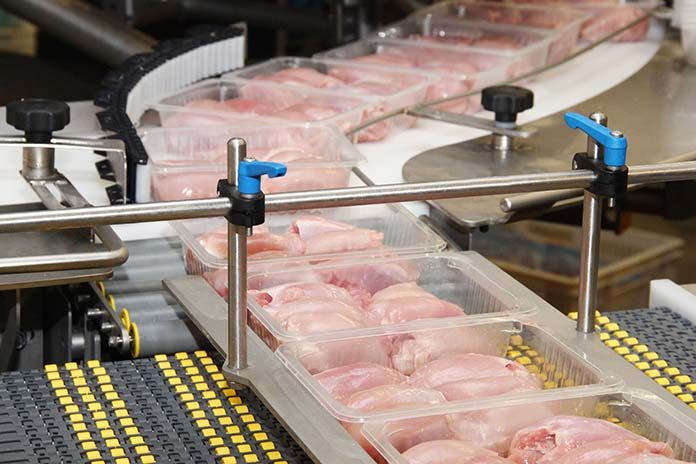
Poultry sector gained in 2017 the leading position in the world meat sector surpassing for the first-time pig meat production.
This position is expected to be stable in the next years due to the forecasted growth in the medium-term (FAO-OECD). Four main area of production (US, Brazil, China and EU) dominate the poultry sector production at world level. These countries are able to produce more than 60% of the world’s supply. They also are the main poultry meat consumers (54%) and the main supplier to the world market. In fact, they account altogether for nearly 80% of world export. Despite this concentration of world exporters, importers are fairly diversified with the first 10 markets accounting for the 64% of total import.
Within this scenario, the Mediterranean area is characterized by the relevant role of EU – being the third producer, consumers and exporter – and of Turkey (8th producers, 10th consumers and 6th exporters). All countries within the Euro-Mediterranean partnership are experiencing a positive evolution in the last years with an increase in the production of around 35% from 2010 to 2016. Due to the unstable socio-economic condition in the Middle Eastern countries, the production growth is mainly concentrated in the North African regions (FAOSTAT).
Poultry meat is expected to be the primary driver in the meat consumption increase, supported by the increase of the population and income and by the changes in dietary patterns in developing countries. Furthermore, this typology of meat is consumed among all the countries is due to the absence of religious limitation. At the same time, poultry meat seems to be the typology of meat able to respond better to emerging trend of the demand oriented towards more ready-to-eat processed meat. Beside this, the importance attached to the origin of meat and its production method is gaining relevance.
Although there are huge opportunities for the development of this sector at global and local level, a relevant attention has to be paid to various factors: economic, political and health related. From the economic point of view, the profitability of poultry production is mainly linked to grain prices, domestic demand, household income, especially for developing countries.
From the trade point of view, a key element able to significantly affect international trade is the avian flu that may cyclically imply the imposition of a trade ban among trade partners. This disease occurrence may have severe implications on the market equilibrium, prices and income of farmers. It affects the positive perception that consumers place in this product in developed countries.
Source: VI Mediterranean Poultry Summit 18-20 June 2018

















